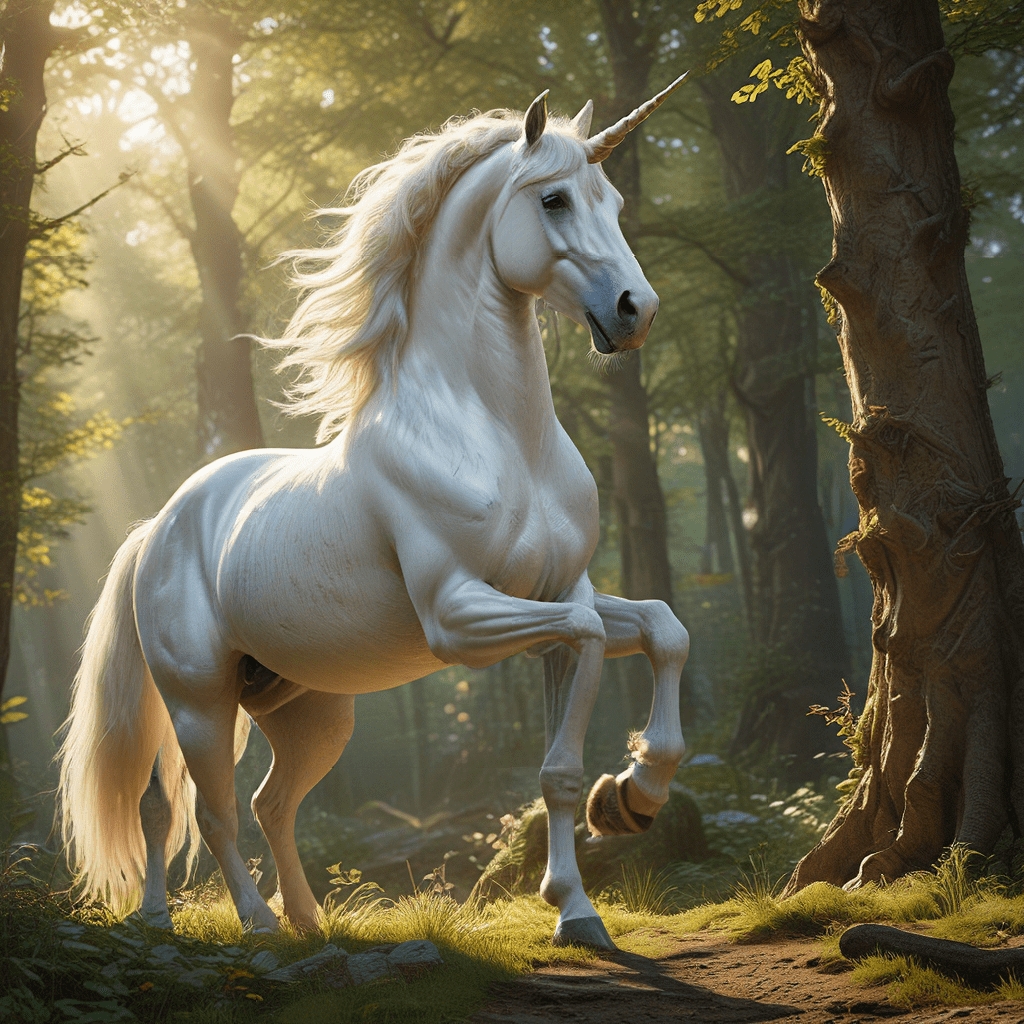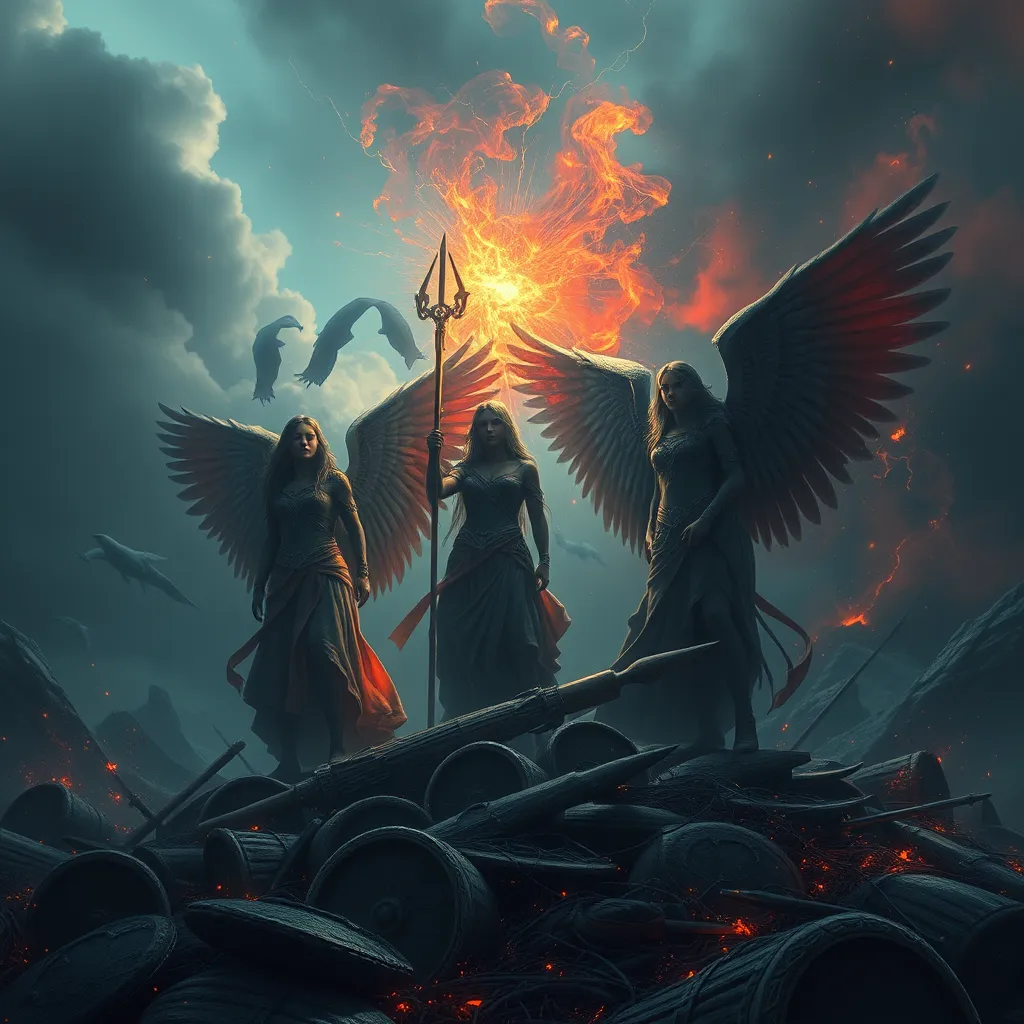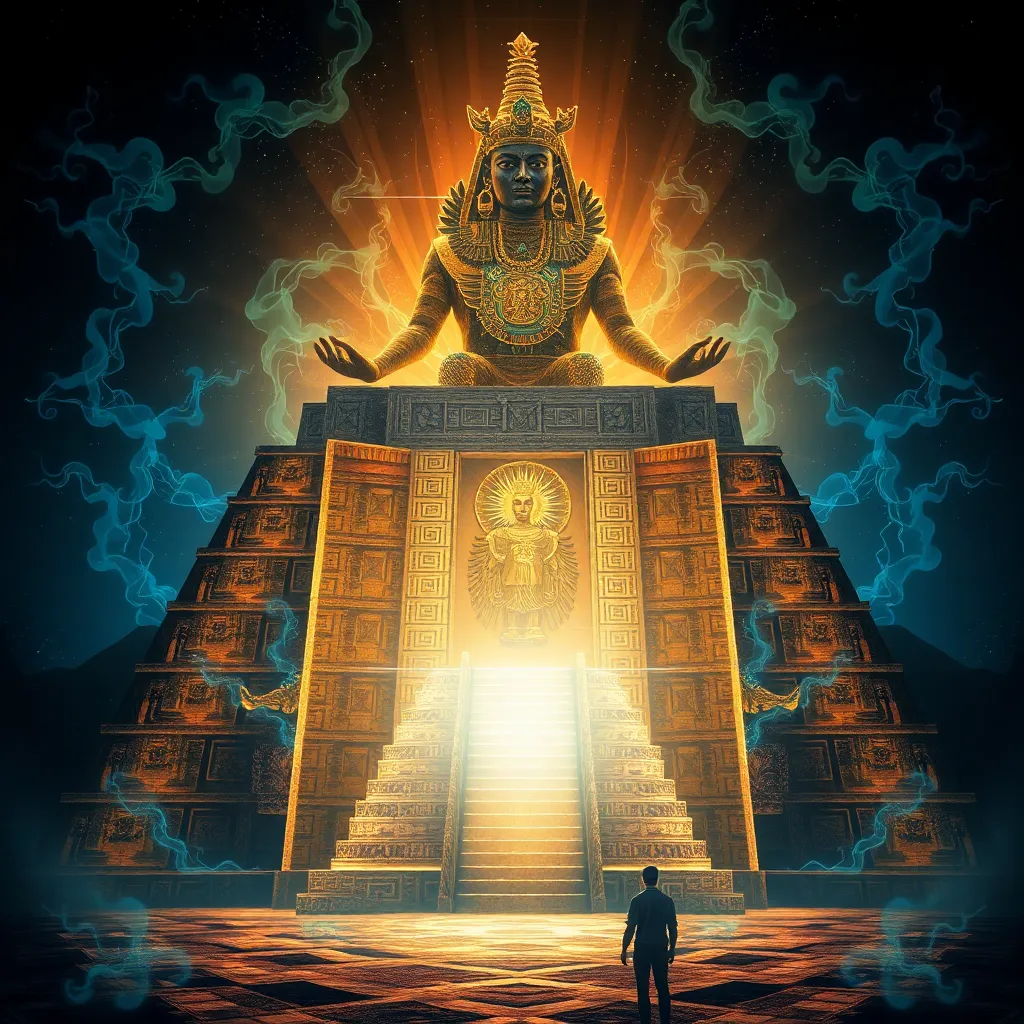The Unicorn in Norse Mythology: A Mythical Enigma
The unicorn, a creature of legend and lore, is often associated with European folklore and medieval tales. However, while not as prominent as in other cultures, the unicorn does have a presence in Norse mythology, albeit in a more subtle and enigmatic form. While it’s not a central figure in Norse sagas, the unicorn’s mythical presence reflects the imaginative spirit of Norse storytelling.
The Unicorn in Scandinavian Folklore
The unicorn’s depiction in Scandinavian folklore is far less elaborated compared to its Western counterparts. While the classic image of a white horse with a spiraled horn might not be directly present, there are hints of unicorn-like creatures in Norse myths and legends.
These creatures might not be called “unicorns” by name, but they often share some of the unicorn’s symbolic attributes. For instance, the **”Einhyrningr”**, a creature mentioned in the “Poetic Edda,” is often interpreted as a unicorn-like being due to its association with purity and its ability to heal.
The Unicorn’s Role in Norse Sagas and Legends
The unicorn, despite its limited appearances in Norse mythology, is often associated with concepts of **magic, purity, and power**. Its presence in Norse sagas and legends is often subtle but impactful. For example, some stories mention a creature called the **”Hrimfaxi,”** a horse with a golden mane, whose sweat forms the morning dew. This horse, while not explicitly called a unicorn, shares features with the mythological creature, hinting at its presence in Norse mythology.
The Unicorn’s Symbolism: Purity, Power, and Magic
The unicorn’s symbolism in Norse mythology reflects the values and beliefs of the ancient Norse people. Its association with **purity** is evident in its white coat and its connection to healing powers. The **spiraled horn** is often seen as a symbol of **power** and magic, representing the unicorn’s ability to ward off evil and protect against harmful forces. This is a common theme in the unicorn’s symbolism across various cultures.
Connections to Other Mythological Creatures
The unicorn’s presence in Norse mythology is linked to other mythological creatures, particularly the **”Sleipnir,”** the eight-legged horse ridden by Odin, the god of wisdom and war. Sleipnir’s mythical powers and connection to Odin suggest a similar connection to the unicorn’s symbolic attributes.
The unicorn also shares similarities with the **”Valkyrie,”** the female figures who choose warriors to die in battle and escort them to Valhalla. The **”Valkyrie”** often ride horses, suggesting a link to the unicorn’s presence in Norse mythology, showcasing the interconnectivity of various mythological creatures in Norse tales.
The Unicorn’s Influence on Norse Art and Literature
The unicorn’s influence on Norse art and literature is often subtle but noticeable. While not a central motif, its presence is felt through symbolic imagery and allusions. For instance, the **”Hunnish” knot**, a decorative pattern found in Norse art, resembles the spiraled horn of a unicorn. This intricate design, often appearing on jewelry and weaponry, is believed to embody the unicorn’s power and protection.
In Norse literature, the unicorn’s influence is more subtle, often manifested through themes of purity, healing, and magic. The stories of healing herbs and magical creatures hint at the unicorn’s presence, symbolizing its connection to the natural world and its power to heal.
Theories on the Origin of the Unicorn in Norse Mythology
The origin of the unicorn in Norse mythology remains a subject of discussion among scholars and mythologists. Some theories suggest that the unicorn’s presence in Norse mythology stemmed from interactions with other cultures. The unicorn’s popularity in Eastern cultures, particularly in Persia, suggests a possible route for its introduction to Norse beliefs.
Other theories propose that the unicorn’s presence in Norse mythology evolved from indigenous Scandinavian beliefs about magical creatures. The concept of a horse with healing powers and a connection to the divine aligns with ancient Scandinavian folklore, suggesting that the unicorn might have evolved organically within their own mythology.
The Unicorn as a Symbol of the Divine
In Norse mythology, the unicorn is often associated with the divine, representing purity, power, and connection to the spiritual realm. Its association with healing and protection suggests a link to the deities responsible for these domains. The unicorn’s presence in Norse mythology, even though subtle, hints at its connection to the divine.
The unicorn’s symbolism is further emphasized through its connection to the **”Einhyrningr,”** a creature mentioned in the **”Poetic Edda,”** which is often interpreted as a unicorn-like being. The **”Einhyrningr”** is described as a creature filled with divine grace and imbued with healing powers, highlighting the unicorn’s connection to the spiritual domain.
The Unicorn and the World Tree Yggdrasil
The unicorn’s presence in Norse mythology is also linked to the **”Yggdrasil,”** the world tree that connects all nine realms in Norse cosmology. The tree is a powerful symbol of life, growth, and cosmic order. The unicorn, with its association with purity and power, is often linked to the **”Yggdrasil,”** representing its connection to the natural world and the divine order.
The unicorn’s association with the **”Yggdrasil,”** while not explicitly stated in Norse mythology, suggests a deeper symbolism. The unicorn’s presence in the world tree implies its role as a protector of the natural world and a guardian of the divine order.
The Unicorn’s Enduring Legacy in Norse Culture
The unicorn’s legacy in Norse culture is enduring, although its presence is more subtle compared to other cultures. Its symbolic presence in artwork, literature, and folklore reflects the lasting impact of this mythical creature on Norse beliefs and imagination.
While the unicorn might not be a central character in Norse mythology, its presence in Norse folklore and literature reveals a deeper understanding of the unicorn’s symbolic significance. The unicorn, with its association with purity, power, and the divine, continues to inspire and fascinate, reflecting the enduring legacy of this mythical creature in Norse culture.
FAQ
**Q: What is the most common depiction of a unicorn in Norse mythology?**
**A:** The unicorn in Norse mythology is often depicted as a creature with healing powers and a connection to the divine. However, there is no single, consistent depiction of the unicorn in Norse mythology as there is in Western European folklore.
**Q: What are some of the unicorn’s symbolic attributes in Norse mythology?**
**A:** In Norse mythology, the unicorn is often associated with purity, power, and magic. Its spiraled horn is believed to protect against evil forces, and its white coat represents its connection to the divine.
**Q: What is the connection between the unicorn and the “Yggdrasil” in Norse mythology?**
**A:** The unicorn is often linked to the “Yggdrasil,” the world tree in Norse cosmology, representing its connection to the natural world and the divine order. The unicorn is believed to protect the world tree and guard the balance of the cosmos.



